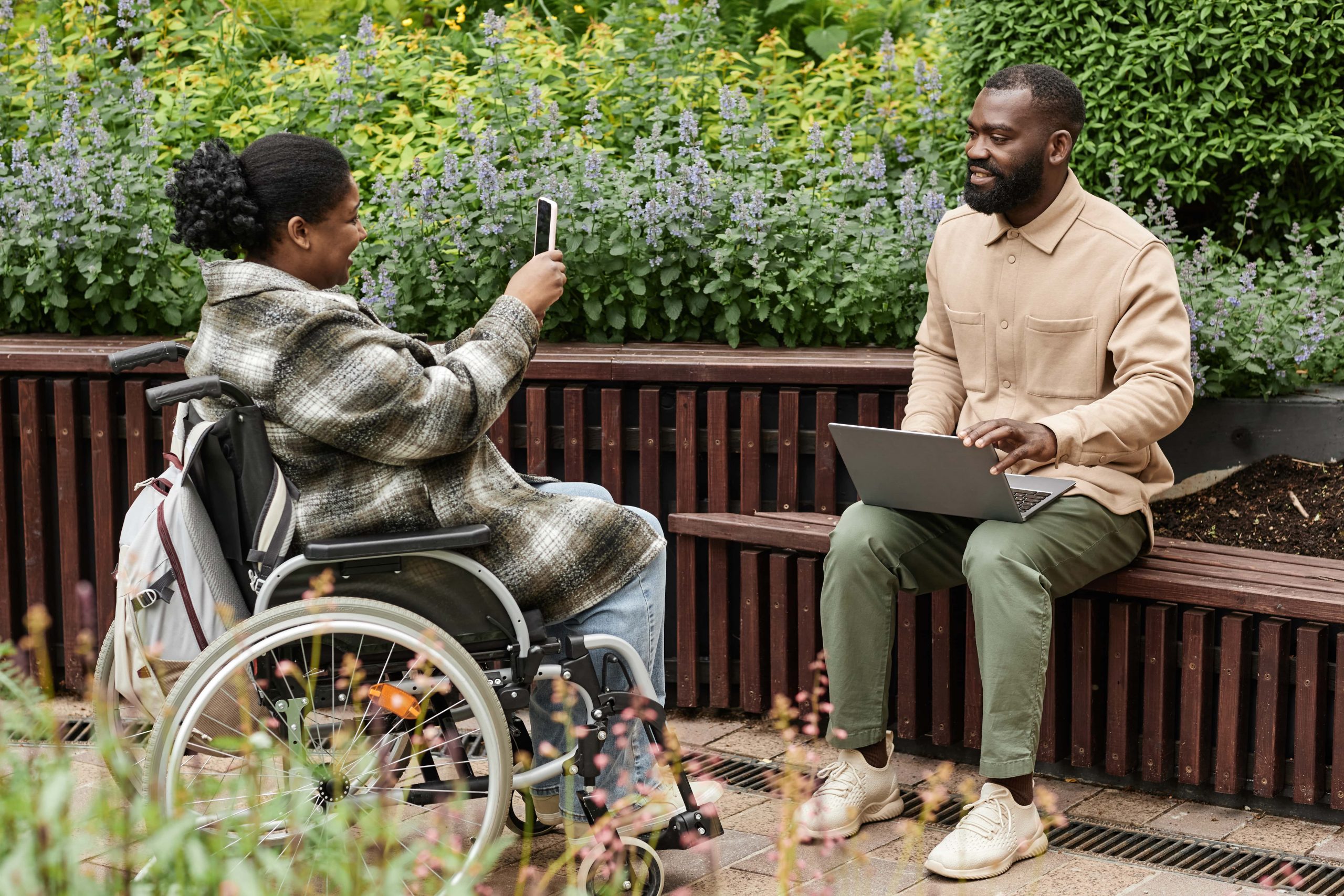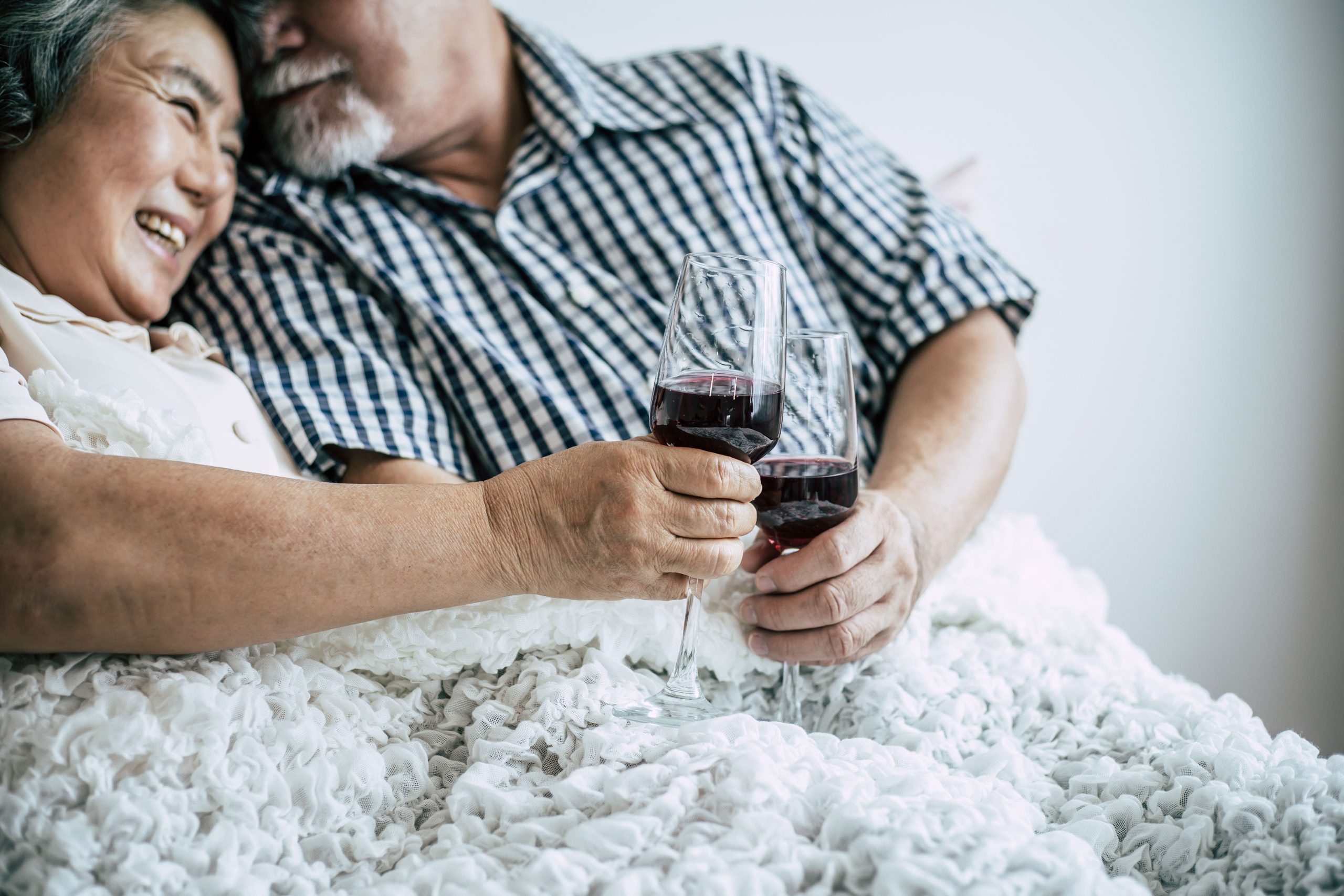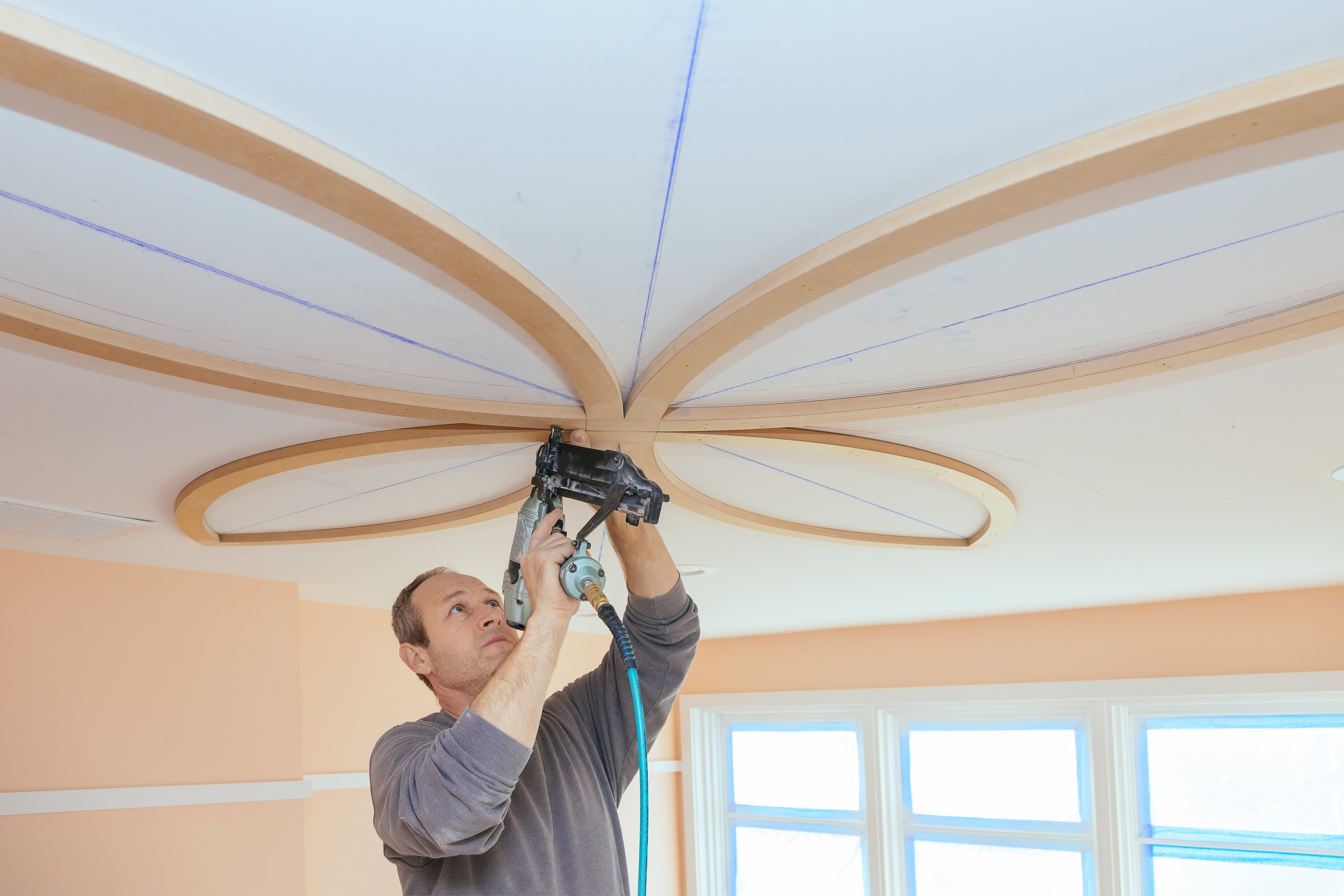Creating a yard that everyone can use is crucial so that people of all kinds may enjoy serenity and beauty of nature. Careful yard design not only makes access simpler but also promotes independence and helps to maximize outdoor spaces for enjoyment. Garden designers may incorporate significant elements like broad, smooth walks, elevated beds, and areas to sit that are simple for everyone to use by considering the requirements of handicapped persons. This makes the garden safe, practical, and friendly for everyone. General design ideas improve everyone’s quality of living and facilitate mobility so that one may fully appreciate gardening. This all-around approach guarantees that parks transform into secure environments where everyone feels welcome and can relax and enjoy herself.
Accessible Pathways and Raised Beds
Making grounds accessible for everyone—especially those who use wheelchairs or other mobility devices— depends critically on wide, non-slip walkways. People in wheelchairs, walkers, and even wheelbarrows will find it simple to navigate a yard path minimum three to four feet wide. For those who use sign language, wider walkways also facilitate walking close to one another and conversational exchanges. Like those composed of concrete, asphalt, or packed soil, smooth, level surfaces help to maintain stability and prevent tripping hazards. Maintaining the condition of these routes will help everyone to utilize them conveniently and securely.
Raised flower beds are another fantastic approach to simplify everyone’s gardening experience. People who find it difficult to move around may tend to plants without having to kneel or bend over, which can be difficult or damaging by elevating the beds at least three feet. Sitting down allows someone in a wheelchair to develop quickly as elevated beds may be created with adequate space beneath to make access simple. These well-considered design decisions not only simplify gardening but also let everyone who want to engage in this leisureful and fulfilling hobby feel like they belong and can enjoy it.
Easy-to-Use Tools and Adaptive Gardening Techniques
Particularly for those with arthritis or problems moving around, light and comfortable gardening equipment make a big difference. These simple tools suit your hand perfectly, which increases the enjoyment of farming and reduces its effort. When using tools with long handles, gardeners may tend to plants without straying too far or collapsing over. This helps them to have straight backs and lessens discomfort.
Garding is more simpler with adaptive techniques include vertical gardening and containers that water themselves. Using space effectively and maintaining plants at a level that is easily accessible, vertical gardens help For those who find it difficult to regularly water their plants, self-watering pots are perfect as they help to maintain their moisture level. Changing tools—such as covering their handles in softer materials—can also help them to be more pleasant to use and simpler to grip. These gardening equipment and ideas taken together make the activity more accessible to everyone, thereby enabling everyone to enjoy its advantages.
Comfortable Seating and Shaded Areas
In gardens, seating places are crucial as they provide individuals somewhere to relax and rest while appreciating their surroundings. In addition to providing a place to unwind, benches and chairs placed in the correct locations allow individuals to enjoy varied views, sounds, and fragrances from all perspectives. The way they’re placed was carefully thought out to make sure everyone feels safe and can see what’s going on around them.
Places with shade are very important, especially for people who plan to stay outside for a long time. Shade helps keep the body at the right temperature, which is important for everyone but especially for people who have dementia or spine injuries. Shade-giving trees, bushes, or buildings make the garden more comfy by keeping people out of the direct sunshine and improving their general garden experience. These cozy, shady spots are great for getting away from the sun and making the garden a better place for everyone.
Conclusion
Making a garden available means using careful planning techniques that work for people with different levels of physical ability. This way, everyone can enjoy the healing benefits of planting. Accessibility is greatly improved by making small changes like widening ways to fit wheelchairs and other movement aids, using non-slip materials, and adding ramps and hills. For people who have trouble bending, raised beds and pots make planting easier, and automatic irrigation makes watering easier on the body. Adding things like extra seats and edges that are clear for canes can make things more comfortable and easier to get around in. The garden is friendly and useful by everyone thanks to universal design principles that put low effort, freedom, and visible information first. This makes the garden a place where people of all abilities can interact with nature.





